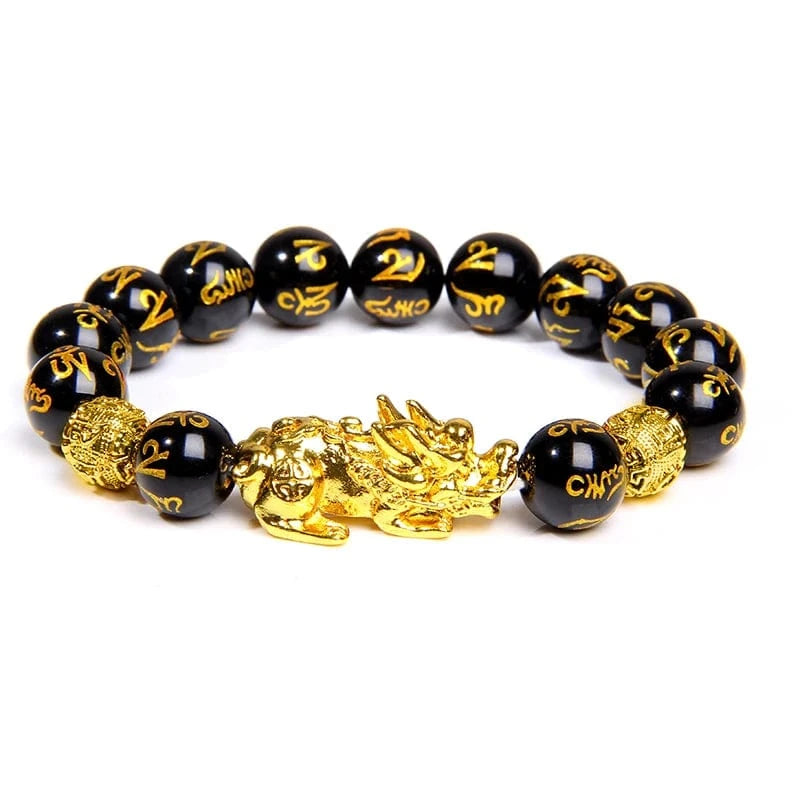In a previous article from last April, I introduced you to sandalwood. This article is also still available on our blog if you want to take a look:What is sandalwood? Uses and virtues
At Artisan d'Asie, we find it important to take the time to introduce you to each of the materials used by artisans.
Indeed, when buying a decorative object, a jewel, mediation accessories, it is necessary to give importance to the materials used for the making of these objects.
The benefits and virtues vary according to the stones and wood used, you must therefore make your choice according to what suits you the most.
For this new week, I suggest you continue our journey of discovery with the following article:How to recognize cedar wood?
Handcrafted Buddhist Mala Bracelet Necklace - 108 Thuja Wood Beads
Let's see what he can reveal to us ...
_______________
A little touch of history
Where does the word cedar come from?
Its name is straight from Latin "cedrus" and Greek "kedros".
What does it symbolize?
Cedar (Cedrus Libani) is the symbol of lebanon, it is not by chance that it is represented on the flag of the country.

His particuliarity
It is a wood that does not rot, it is naturally resistant to humidity, fungi and insects, without needing any treatment.
The multiple uses of cedar wood
This wood has been used in the Middle East for many years in the construction industry: ships, palaces, but also for the creation of furniture.
Since Antiquity, we notice that it is much appreciated, in particular for:
- The construction of temples in Babylon.
- The use of the pipe, the Indians filled their pipes with this wood and the smoke which escaped from it made the form of offerings.
- Preparations used to embalm the bodies of the dead (mummies), among the Egyptians.
_______________
Presentation of Cedar

It is one of the tallest trees. This majestic conifer can indeed reach up to 50 meters high!
It is also recognizable by its cone-shaped crown and his branches that appear in horizontal superposition, one above the other.
In Canada, it is also found under the name of Thuja (Red cedar).Remarkable for its perennial foliage, it is also nicknamed Arbor Vitae, which means Tree of Life in Latin.
Handcrafted Buddhist mala in cedar wood (Thuja)
There are essentially 4 species of Cedars, all corresponding to a particular geographical area:
- The Cedar of Lebanon which grows in the forest, from 1500 meters above sea level. A story goes that it was Bernard de Jussieu (French botanist) who brought back in his hat, a plant from Lebanon in 1734. This one still exists and is visible in Paris, in the labyrinth of the Jardin des Plantes.
- The Himalayan Cedar, present in areas between 1,500 and 3,000 meters above sea level where it is more humid. It is one of the most imposing: 50 meters in height and a maximum diameter of 3 meters.
- The Cedar of Cyprus is the rarest, it is found on Mount Troodos. You find it alongside other species, such as pine.
- Atlas Cedar is classified as an endangered species. It is found in the cedar groves and mountainous areas of the Atlas, between 1500 and 2500 meters. It is used in the field of phytotherapy (plant extracts and natural active ingredients), as we will see below.
_______________
Properties of Atlas Cedar (Blue Cedar)
The essential oil of blue cedar is coveted by many herbal medicine professionals. Indeed, its benefits are numerous:
- It disinfects wounds and facilitates healing;
- It participates in the proper functioning of the urinary system;
- It helps clear the respiratory tract;
- It fights against infections;
- It stimulates the immune system.
Usually used as a massage, it is also possible to inhale it to overcome stress and nervous tension.
_______________
A very frequent use nowadays
Cedarwood essential oil
This very fragrant wood is crushed in order to obtain essential oil by distillation.
Whether in cosmetic use (draining massage) or for the composition of shampoos or lotions, this oil is still frequently used for its benefits and virtues (antifungal, antiseptic, healing properties, ...).
We find it very oftenin diffusion among practitioners of yoga and of meditation for its relaxing and soothing virtues.
It can also be very effective in keeping moths away in the bedroom or kitchen cupboards, as well as mosquitoes.
Ornamental and reforestation trees
The Cedars are regularly used for decorate gardens and public parks.
They have been used for reforestation purposes. In the 90s, around 20,000 hectares of cedars were replanted in the south of France.
Thuja and crafts
It is a wood which is becoming rare and who is widely used by craftsmen for artisanal confection decorative items. You will find in particular boxes, trays and also beads dedicated to the creation of jewelry.
Mala Necklace in Thuja and Amulet in Vegetal Ivory (Tagua Nut) - Lotus Flower
_______________
I tell you that we are already at the end of this new article. Hope this one gave you some new things to discover and you enjoyed reading it.
If you have any questions or comments, you can send them to me using the comments form below.
We will meet again next Tuesday for a new subject, I wish you a very good week!








0 comments